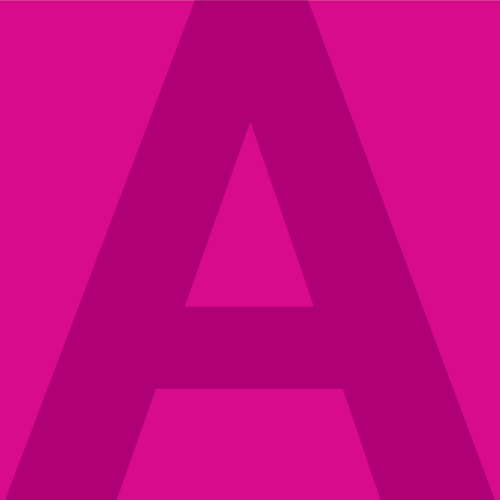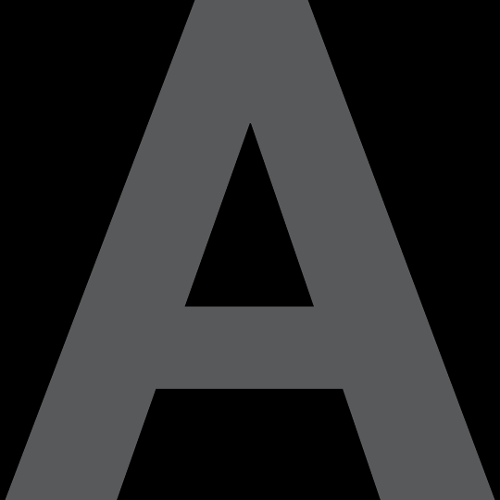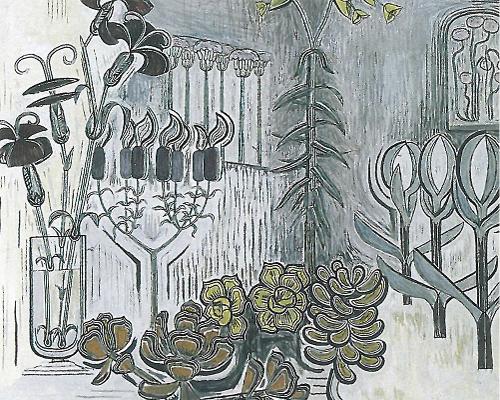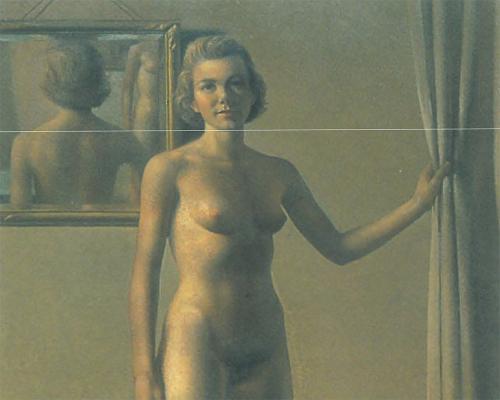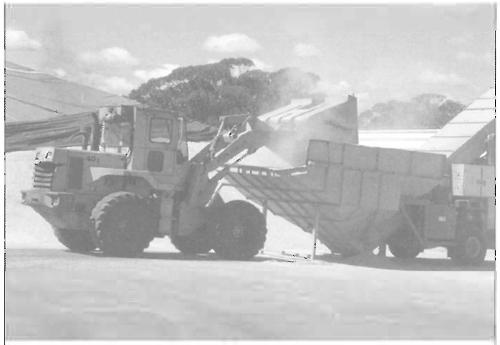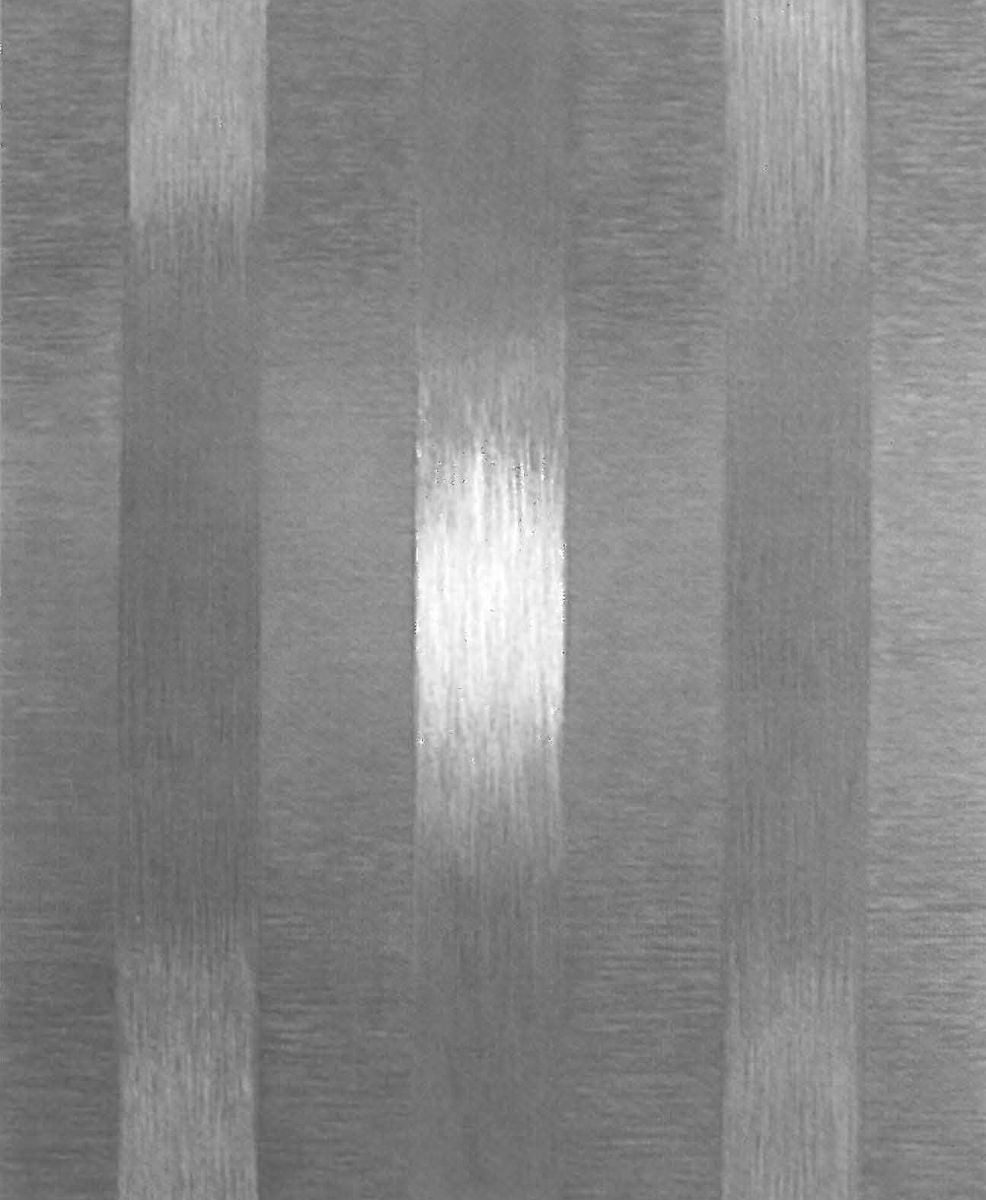
Brian McKay's new works at Galerie Düsseldorf are cool and contemporary, continuing his long-standing commitment to abstraction. All the works in the exhibition are made from lightweight etched aluminium, exploiting the reflective and sensuous qualities of the metal surface. He began working with aluminium in 1990 creating his well-known 20 x 10 metre wall piece in the high rise Central Park building in the city. His next major project in aluminium was a six metre sculpture for the Melville City Council Cultural Centre commissioned in 1996. Then came the Perth landmark, the 15 metre Penrose Impossible Triangle (in collaboration with the architect Ahmad Abas) erected on the roundabout in the East Perth Redevelopment Precinct.
McKay's exploration of form and space on aluminium seen in the Central Park panels and the Penrose Impossible Triangle sculpture continues with a series of non referential geometric paintings. An Ordinary Triangle, with its perfectly balanced equilateral shape set against a dark background, shimmers and reflects the colours of the rainbow from the gallery, or the viewer's interaction with the piece. Diagonal lines form a diamond shape, or a square on its side, or two squares in Soft Square, only to be disrupted by overlapping vertical lines in delicate shades of blue oil paint and etched surfaces. Several works are derived from tiling designs created by famous physicist and colleague of Stephen Hawking, Roger Penrose. Four triangles meet and create the illusion of a three dimensional form in The Penrose Kite, with more complex tessellations forming the basis for Penrose Cap I and II.
The aesthetic qualities of mechanically reproduced lettering and type has interested McKay for many years. This enduring theme has its roots in McKay's early career as a designer, when he recognised the centrality of text to Western culture and communication, and later through the influence of Tom Phillips and the Pop artists. Several works in this exhibition are text-based works, continuing McKay's commitment to the everyday and the found object or sign. The emblematic sans serif letter forms of Toulouse and Berlin occupy a central strip of the etched plate and are presented in a vertical format on distressed etched aluminium. He set out to achieve a differentiation between each of the letters - experimenting with scoring areas of the surface with sandpaper and etching areas selectively using stencils, bitumen blockout and acid.
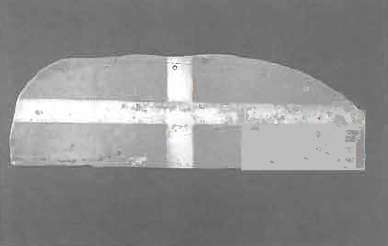
The Ethiopian Suite 1-VI and Ethiopian Dance II also incorporate typeface but as the meaning of the letterforms is unintelligible to those of us who do not read Ethiopian, the letterforms serve to operate as signifiers of this ancient culture. Without direct access to the meaning of the words, the formal qualities of shape and texture predominate and the grey tones and metallic shapes of print on the etched metal suggest a printing plate. Other works have a more direct meaning. Mesagio incorporates Spanish text which McKay explains came from a group of artists working in the 1950s and literally translates as: "Any artist who does not or will not participate in the major cultural issues of the day is either a conservative or an ignoramus."
Although McKay's commitment to abstraction may seem to separate him from the landscape tradition, several works such as Horizons and Marine Moonlight obliquely refer to nature through his use of simplified forms and space. Forest is at first glance a non-referential, contemplative work with shimmering and delicately balanced layers of vertical lines. Closer inspection reveals the individual and deviant shift of the linear forms from the strictly vertical, which continue to intrigue the eye as they reflect light and suggest darker, obscured forms in the background. The measured rhythm is deliberate, having been derived from an underlying grid, with striated areas of metal, scored in different directions to reflect colours through a thin layer of green paint.
Glade seems more mechanical, as the eye ponders a series of finely balanced reflective vertical lines bisected by a centrally placed russet tinted line. Soon the underlying veils of colour in shades of blue, green and brown interact with the reflective surfaces of these lines, in an ever-changing interplay of light and colour stimulating the imagination.
McKay's fascination with working with metal can be traced back to his formative years when he was interested in cars and panel beating, the filling in and beating out of dents in metal surfaces. Later his interest in printmaking led him to refine the techniques of stripping away surfaces and building up layers to create, as well as reveal, rich texture-based imagery. In this exhibition he has worked with the aluminium surface, masking areas with stencils made from contact paper, etching and scoring the surface to achieve a myriad of different colours and effects. He has coloured the aluminium with automotive acrylics and artist's oils, and finally coated the surface with a two-pack finish which hermetically seals the work. His new and exciting experimental works present another chapter in his development as well as consolidating and building on recent themes and revisiting others which have preoccupied him since the sixties.

